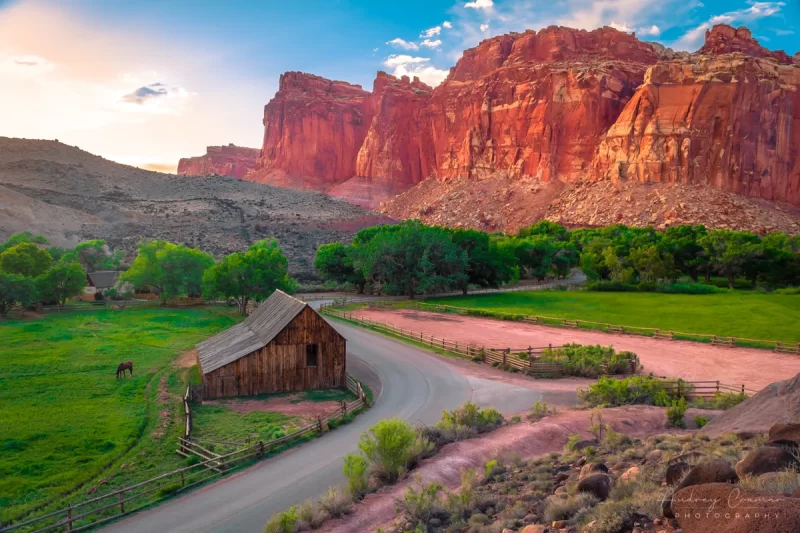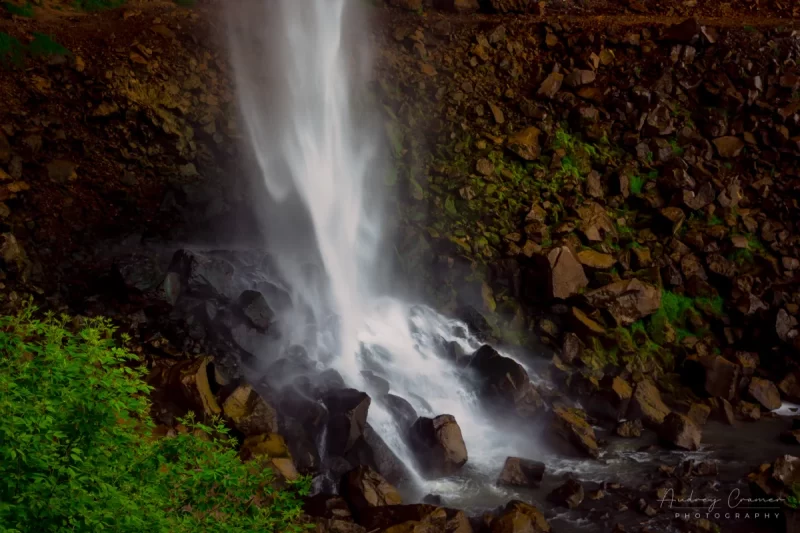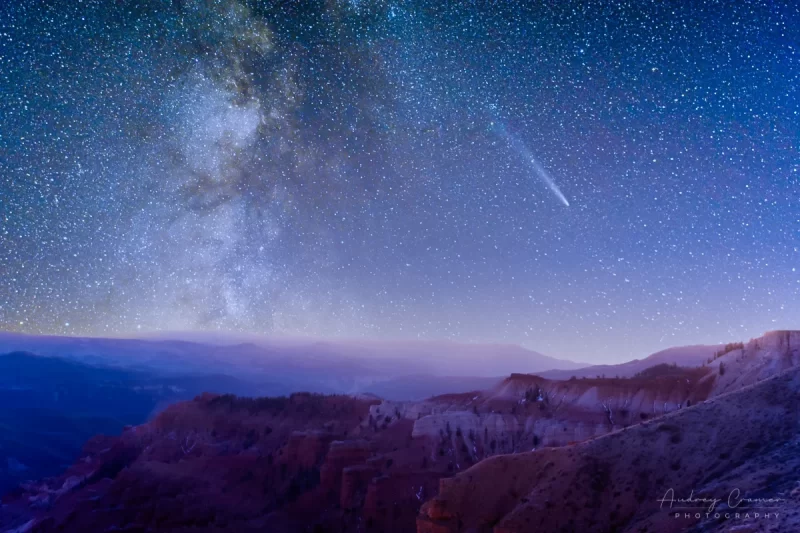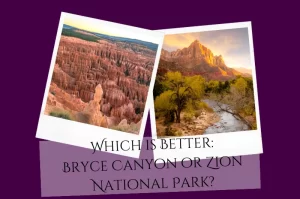Perhaps you’ve heard of the term “fine art photography.” It’s a rather common concept. However, do you know what kinds of photography count as under this heading? Most people can name a couple, or at least point to something and say it’s fine art photography. Today, we’re going to dig a bit deeper into the types of fine art photography available on the market.
Definition of Fine Art Photography
Let’s start things off right in this discussion. Here’s the definition of fine art photography. With this definition we can define a particular type of photography as fine art photography or otherwise.
Fine-art photography is photography created in line with the vision of the photographer as artist, using photography as a medium for creative expression. The goal of fine-art photography is to express an idea, a message, or an emotion. This stands in contrast to representational photography, such as photojournalism, which provides a documentary visual account of specific subjects and events, literally representing objective reality rather than the subjective intent of the photographer; and commercial photography, the primary focus of which is to advertise products, or services.
From this definition, we glean that fine art photography must convey something like an idea, message, or an emotion to the viewer. The goal is to use photography as a medium to create art with. Now let’s look at some genres of photography which meet this definition.
Landscape Photography
As a landscape photographer, you knew I was going to cover landscape photography as a kind of fine art photography. In fact, it seems to be one of the quintessential examples of fine art photography currently on the market. Most people easily recognize this kind of photography as a form of fine art photography.
Astrophotography
Often a subheading of landscape photography, astrophotography is a kind of fine art photography. However, it can stand alone too. All those photos of planets, comets, galaxies, stars, and other celestial bodies can look as beautiful as other kinds of art.
Architectural Photography
People often recognize architectural photography as a kind of fine art photography. Who can disagree with them? When done right, a building photo can look as amazing on the wall as a painting.
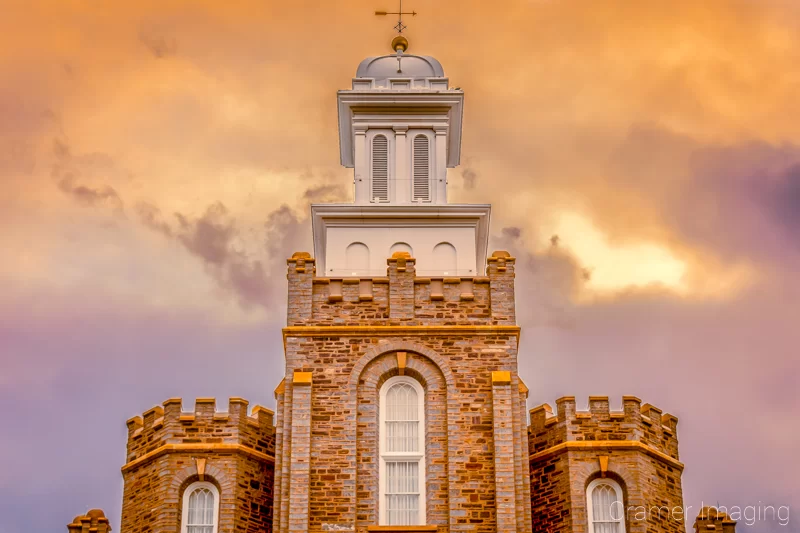

Fashion Photography
When fashion photography is not created for commercial purposes, then it can be considered fine art photography. High fashion photography falls under this heading easily as the photographer often only creates such photos for expression. They don’t often end up on the covers of fashion magazines.

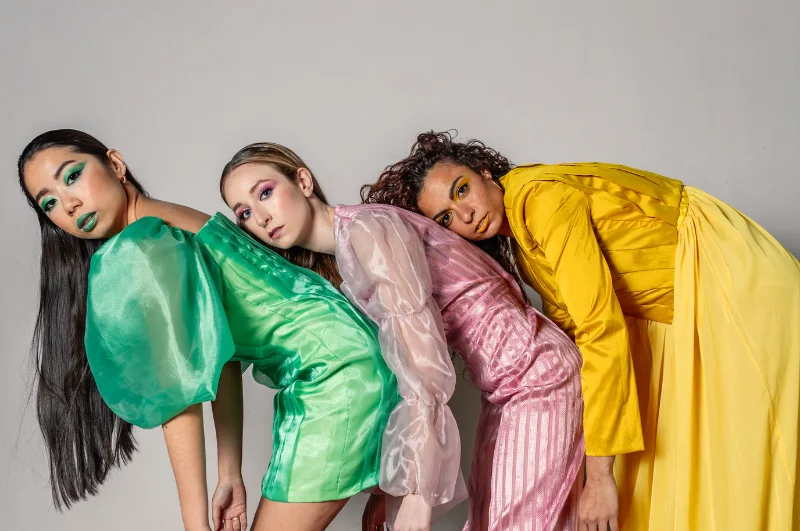
Fantasy Photography
There’s a trend in certain circles of photography to create what could be considered high fashion photography. However, it fits much better with the title of fantasy photography. It involves creating photos which depict fantasy (often medieval style) images. These photos may be a single staged scene or a stitched together compilation of multiple photos blended together to create one cohesive image. These kinds of photos (no matter what kind) definitely count as fine art photographs.
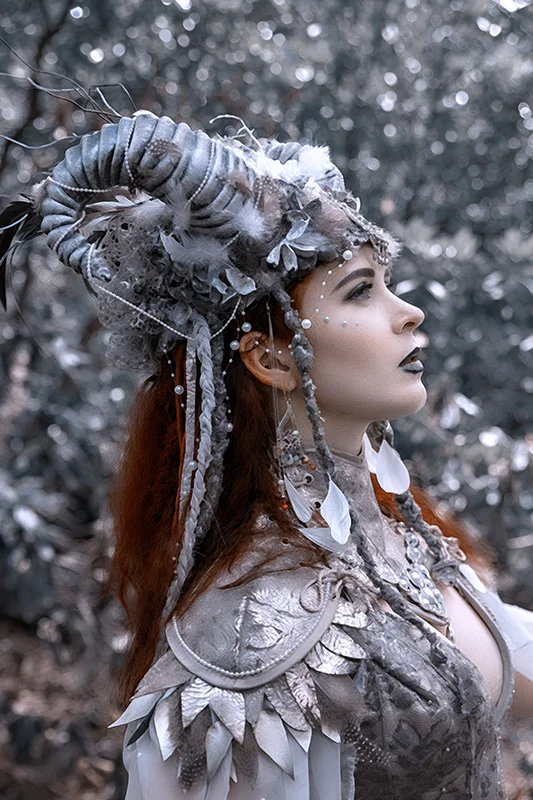
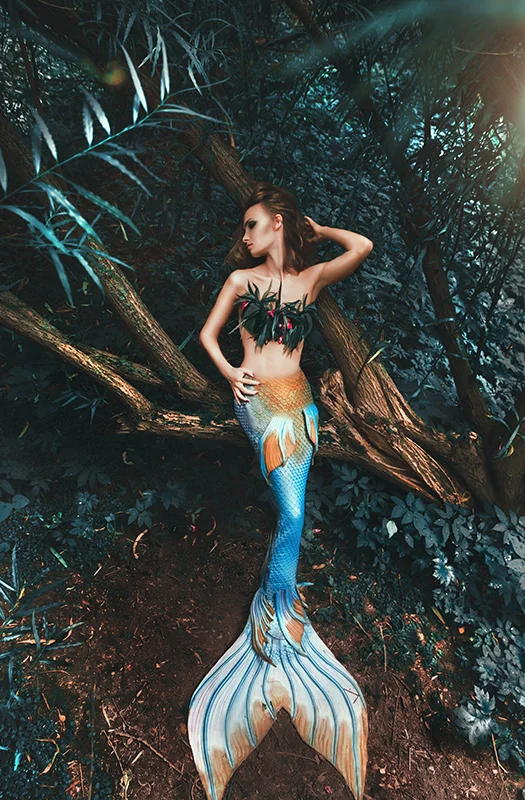
Still Life Photography
People often use this kind of photography for commercial purposes. However, still life photography, when not used for commercial purposes, can fall under the fine art heading. Still life photography involves carefully positioning objects in frame for the shot. Here are a couple examples of still life photography which would be better utilized in commercial settings rather than art settings.

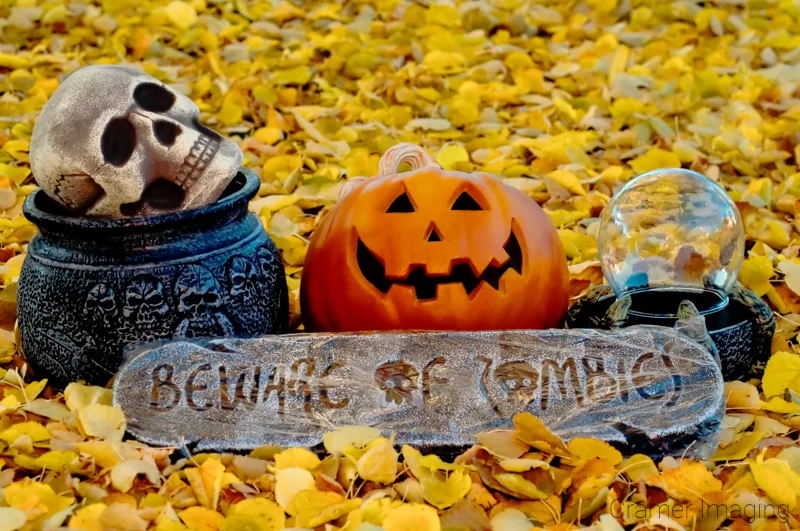
Tilt Shift Photography
Ever seen photos which make something look like a tiny toy or a miniature? You know that the subject is much bigger but the resulting photo makes it appear Lego-sized or smaller? That’s what tilt-shift photography is. When done right, it also falls under that art heading. Here are a couple examples.

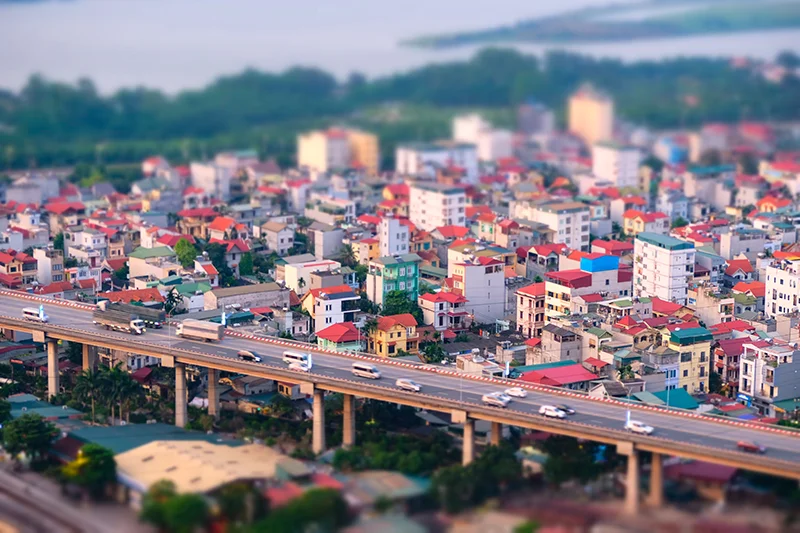
Conceptual Photography
Conceptual photography is an interesting branch of photography. It involves creating photos which illustrate an idea of some kind. The idea may be simple or more elaborate. This kind of photography involves showing levitating subjects, putting faces on inanimate objects, and all kinds of other ideas. It can include fantasy (both light and dark). It can also include manipulations. This genre, perhaps, defines fine art photography more than most of the others.

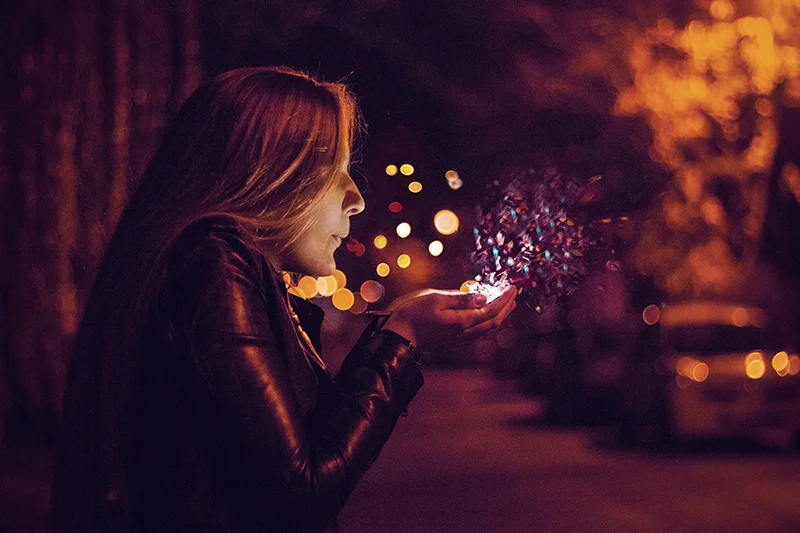
Abstract Photography
Abstract photography depicts subjects which don’t show and immediate association or connection with the real world. They make you stop and think about what they are. Perhaps you can guess what they are. Perhaps there is no good answer for what the subject matter depicts. Whatever the subject matter of abstract photography is (or appears to be), it is certainly part of what makes up fine art photography.

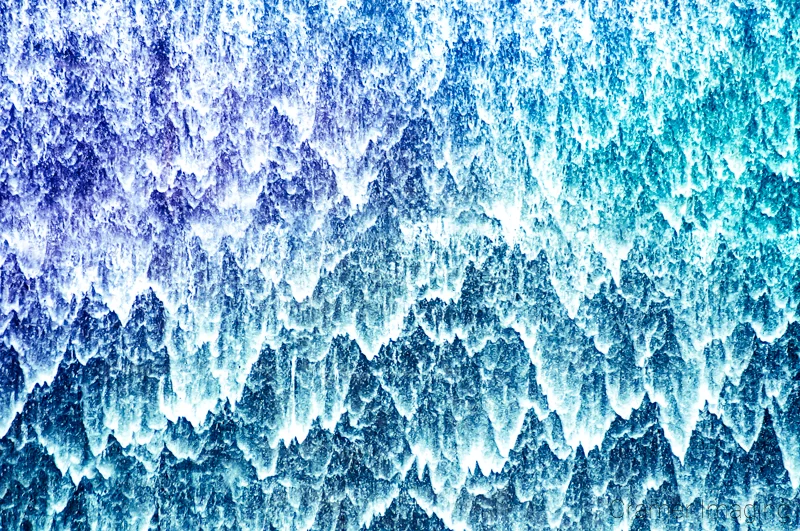
Other Possible Fine Art Photography Contenders
There are other kinds of photography which might fall under the heading of fine art photography. As the term is rather broad and vague, that’s easy to understand. As the definition is continuing to grow, I don’t pretend to know what all falls under this heading. So, I’m including these as possibilities. You may agree or disagree with the assessment. Please keep in mind that the methods listed are somewhat outdated thanks to today’s digital photography landscape.
Pictorialism
Pictorialism is a particular style of developing photos which was popular in the late 19th century and into the early 20th century. It involved deliberately creating a softer and somewhat blurry focus for your subject matter. It’s fallen out of favor as the 20th century progressed. Still, examples exist. Also, you can deliberately create that soft focus yourself using software. Check out these examples.


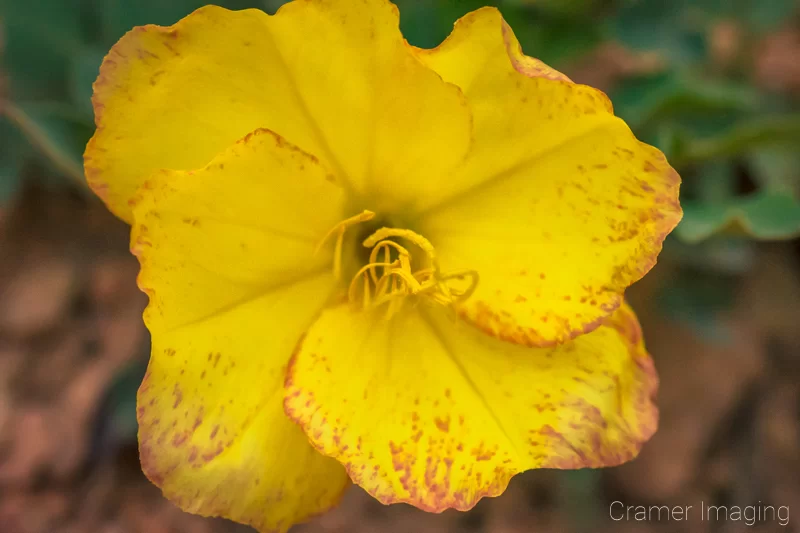
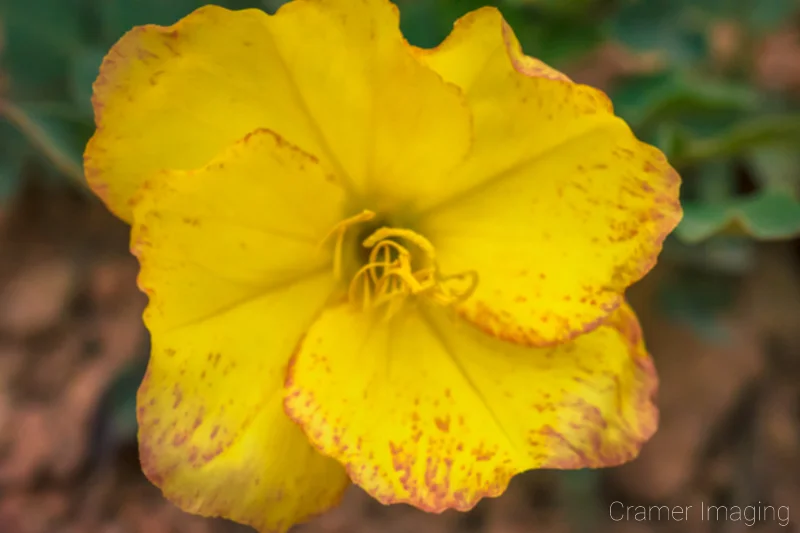
Photogram
A photogram bypasses a camera entirely to create some sort of photo. Instead of using the portable dark room inside the camera body, a photogram consists of someone arranging the subject matter (usually at least one object) directly onto light-sensitive photo paper and exposing the scene to light. The image burns directly into the paper from the positioned object(s) rather than from shining light through film onto the paper. With digital photography almost completely consuming the photography market, photogram work has become rather obsolete. Photography paper is no longer light sensitive as we print our images using printers.
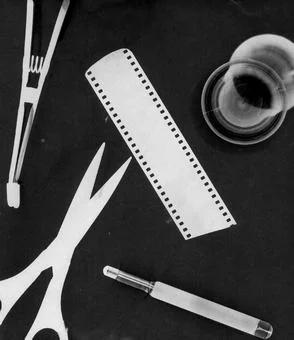
Daguerreotype
Daguerreotype photography (also called tintype) is one of the earliest successful forms of photography. It dominated the early days of the industry. Practically all of the old photos you see are Daguerrotypes. This process involves coating a piece of sheet metal with light sensitive chemicals and then exposing that sheet to light. Once exposed to light, the photographer then processes the sheet metal into the positive image (nope, not a negative). Daguerreotype photography basically died when film photography took over the industry. Tintype photography made a slight comeback as an extremely niche experience for Old Western style tourism. Most tintype photos you see (both new and old) are portraits. Do these old-style photos count as fine art photography? You decide for yourself.
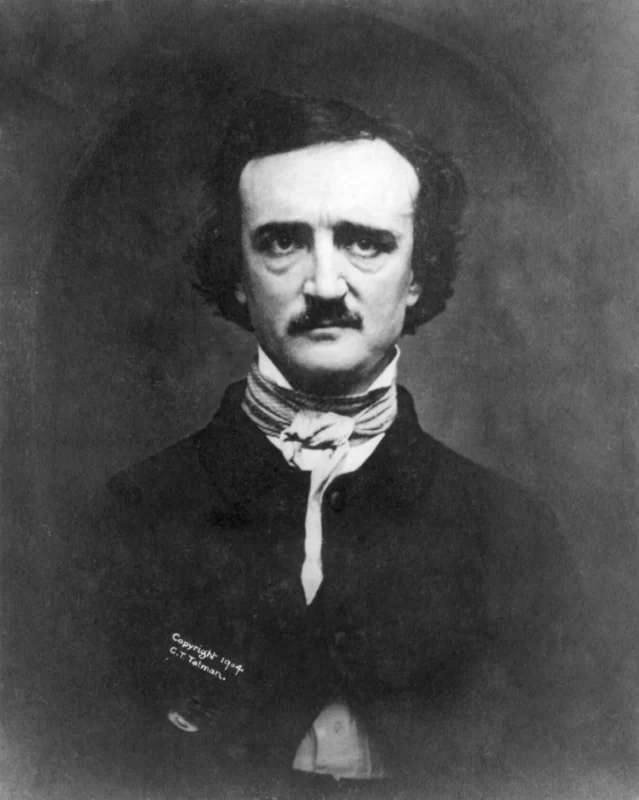
This list of contenders is not exhaustive. I may add to it later as I learn more and new ideas come along.
Conclusion
From this list, we can conclude that there are a lot of genres of photography which fall under the heading of fine art photography. Also, the definition and list of subjects and techniques is expanding everyday. We can easily label landscape photography, astrophotography, architectural photography, fashion photography, fantasy photography, still life photography, tilt-shift photography, conceptual photography, and abstract photography as fine art photography. There are other possibilities we can consider such as pictorialism, photograms, and Daguerreotype/tintype photography.
So, now I turn things over to you. What do you think of this list? Do you think I missed something? Please share your thoughts in the comments section below. I might make an addition if I missed something.


